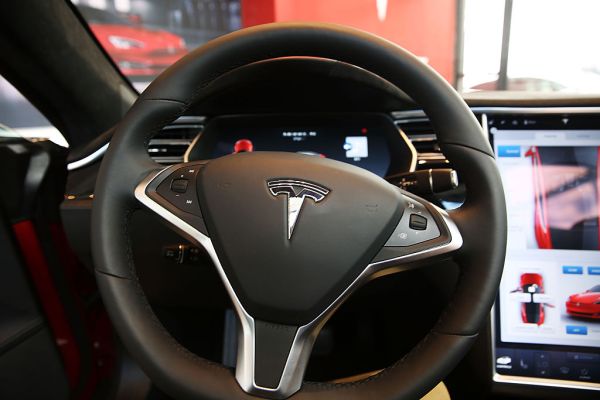U.S. regulators have requested more information from Tesla to assist in their ongoing investigation into 830,000 Tesla vehicles that include Autopilot, the automaker’s advanced driver assistance system.
The National Highway Traffic Safety Administration (NHTSA) sent Tesla a letter on July 3 seeking updated responses to questions it had asked in August 2022. Those were specifically related to Tesla’s cabin camera and driver monitoring system, which the automaker says can determine if a driver isn’t paying attention and send them noise alerts as a reminder to keep their eyes on the road while Autopilot is engaged. NHTSA also asked for information about how Tesla generates its quarterly safety reports.
The agency has given Tesla a deadline of July 19 to answer its questions with current data. Tesla could not be reached for comment.
Since 2016, NHTSA has opened 41 Tesla special crash investigations where Autopilot was suspected of being used, according to data collected until December 2022. Within those crashes, 19 deaths were reported.
Autopilot has certain automated driving features, like the ability to steer, accelerate and brake automatically within a lane on a highway. Enhanced Autopilot can assist in changing lanes, too. The latest version of Tesla’s “Full Self-Driving” beta software (FSD) combines those capabilities with city driving features like responding to traffic signals and stop signs and making turns. However, neither Autopilot nor FSD is fully self-driving, and Tesla warns drivers to maintain alertness in case they need to take over the vehicle.
Despite those warnings, Tesla has been repeatedly sued and criticized over its misleading marketing, which critics say gives drivers a false sense of security in the vehicle’s capabilities and causes inattention.
NHTSA said in 2022, nine of 11 vehicles involved in crashes didn’t engage the driver via visual or audio alerts until the last minute before a collision, and four showed no visual or audio alerts at all. The letter asks for updates from Tesla on changes made to its driver engagement or attentiveness systems. It also asks for data on the number of vehicles with “Tesla Vision” — vehicles equipped with cameras and no other sensors — and if those vehicles also have the cabin camera system.
Tesla introduced its camera-based driver monitoring system in May 2021. Previously, the automaker had relied on a system that could detect when a driver’s hands were on the steering wheel to determine driver alertness. This became an easy system to bypass, especially as drivers began purchasing so-called “Tesla weights” from e-commerce sites like Alibaba.
